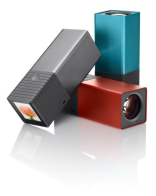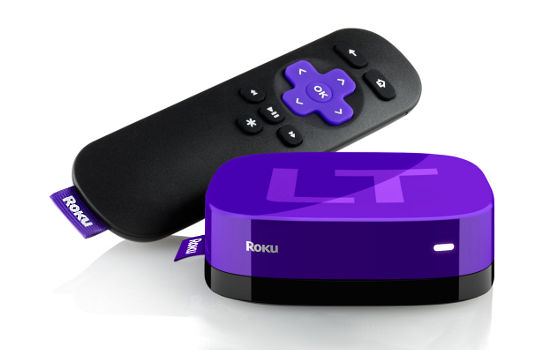The New Puppy is Very Friendly for Older PCs
Puppy Linux, that is! I really like Puppy Linux! Especially for older machines. If you haven’t tried it, download this new version and install it on one of your older, clunkier systems, and watch it fly!
Puppy Linux 5.2 (Wary) optimized for older PCs
 “The Puppy Linux project announced version 5.2 of the legacy-PC friendly ‘Wary’ version of its small-footprint Linux distribution. Puppy Linux 5.2 (“Wary”) features an SMP-optimized version of the Linux 2.6.32.45 kernel, an upgrade path to Xorg 7.6, an updated PuppyPhone 1.1 VoIP app, and a new PupCamera app for automatically detecting digital cameras, says the project.
“The Puppy Linux project announced version 5.2 of the legacy-PC friendly ‘Wary’ version of its small-footprint Linux distribution. Puppy Linux 5.2 (“Wary”) features an SMP-optimized version of the Linux 2.6.32.45 kernel, an upgrade path to Xorg 7.6, an updated PuppyPhone 1.1 VoIP app, and a new PupCamera app for automatically detecting digital cameras, says the project.
As with previous Puppy Linux releases — including Puppy Linux 5.0 and Puppy Linux 4.3 — Puppy Linux 5.2 is a fairly ‘minimalist’ distro designed for those who like their operating systems fast and lean. It is available in a 123MB ISO image, and can load entirely into RAM for faster performance, according to the project. The distro can boot off a flash card or USB device, as well as CD-ROMs and other media.
In order to fit that footprint, you won’t find many big-name applications built in. Most are minimalist apps developed by the Puppy community.
Puppy Linux 5.2 is one of many Puppy variants built on the project’s ‘Woof’ build system, including Lucid, Racy, FatDog, and Slacko. Introduced in November 2008, and joined in 2009 with a related Puppy Package Manager (PPM), Woof can build a Puppy variant from the packages of any Linux distro, including Debian, Ubuntu, Arch, Slackware, and T2, the foundation used by this latest Wary release.
In addition to ‘Wary,’ the other major variant is called Lucid Puppy (‘Lupu’), which was released in its 5.2.8 version in August. Based on Ubuntu 10.04 LTS, Lucid Puppy offers Ubuntu compatibility and more cutting-edge features. For example, the latest release added C and FFmpeg libraries optimized for i686 computers rather than the older i386 computers, thereby improving performance, says the project.”
 This is kinda weird. Imagine a camera where you snap a picture, then later, at home, say, you can focus and manipulate the image? That’s what they are claiming for the Lytro camera.
This is kinda weird. Imagine a camera where you snap a picture, then later, at home, say, you can focus and manipulate the image? That’s what they are claiming for the Lytro camera. Yep, and promoting a new search engine, no less! “Can’t touch this!” Well, apparently he wants you to touch “Wiredoo,” a search engine that is supposed to offer more “relationship information” to search results. Sounds vaguely risque, huh?
Yep, and promoting a new search engine, no less! “Can’t touch this!” Well, apparently he wants you to touch “Wiredoo,” a search engine that is supposed to offer more “relationship information” to search results. Sounds vaguely risque, huh?